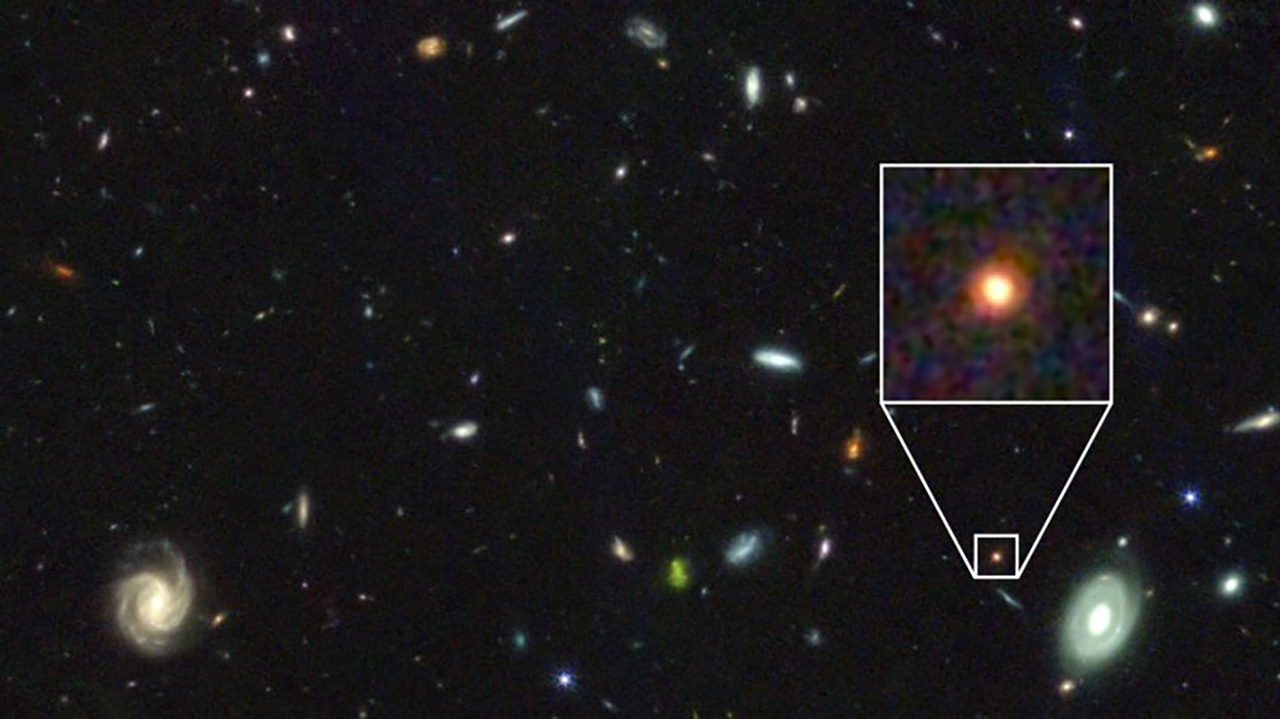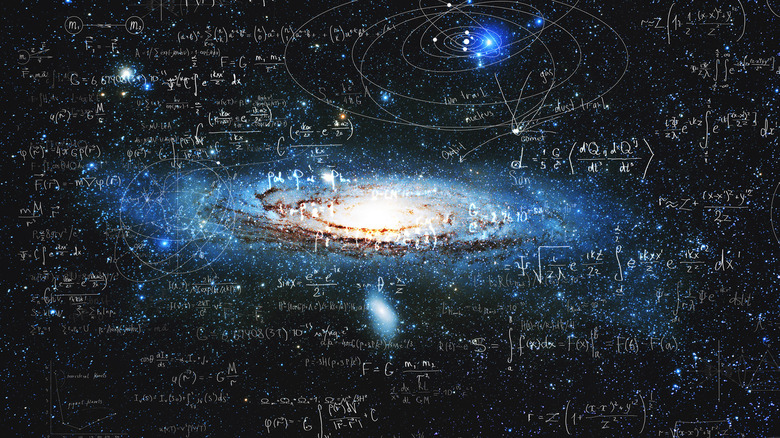The Universe May Actually Be Twice As Old As Previously Estimated
Current estimates about the age of our universe could be off by nearly two times, new research suggests. The work is published in the journal Monthly Notices of the Royal Astronomical Society. This new research suggests that the current model we use to age the universe is not only wrong, but that the data gathered from the James Webb Space Telescope clearly refutes it.
The most dominant cosmological model has run into a few problems, especially since James Webb started observing the universe. One of the biggest problems has come in what many call the "impossible early galaxy problem." Essentially, this problem came up when Webb spotted ancient galaxies that shouldn't exist based on our current model.
When this occurred, a few possibilities popped up. First, maybe James Webb's data was wrong, and the galaxy wasn't really as old or far away as originally believed. However, based on the redshift and everything, that seems unlikely. The other possibility was that the model we use to help define the universe's age is wrong or, at the least, misinformed in some places.

The current model uses redshift from the lights of stars to determine the age and origin of our universe. Thus far, we've calculated that time and estimated it to be around 13.797 billion years. However, a new model that tries to solve the "impossible early galaxy problem" suggests that the universe is actually almost twice that age, at an estimated 26.7 billion years old.
Why does this matter, though? Well, the problem with the recently discovered ancient early galaxies is that they appear more mature than galaxies should have been at just 300 million years after the Big Bang, which is what much of their redshift seems to suggest as their age. With an updated model doubling the time of existence, though, the maturation of these galaxies makes more sense.
Of course, this still isn't an exact science, and we're looking at a lot of hypotheticals here. Unfortunately, that's how it will always be with this kind of science because there's no way for us to actually go back in time and experience the Big Bang or any of the birthing events of our universe to see exactly how long ago it happened.
Still, this new model could help us better gauge the universe's age, something that will no doubt continue to be talked about as James Webb and others observe our universe in ways like never before.
